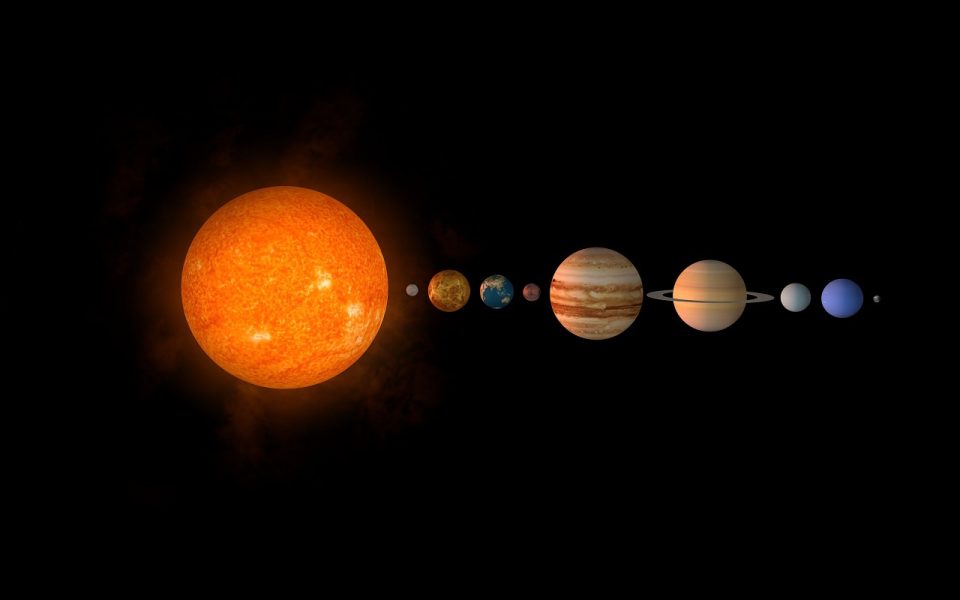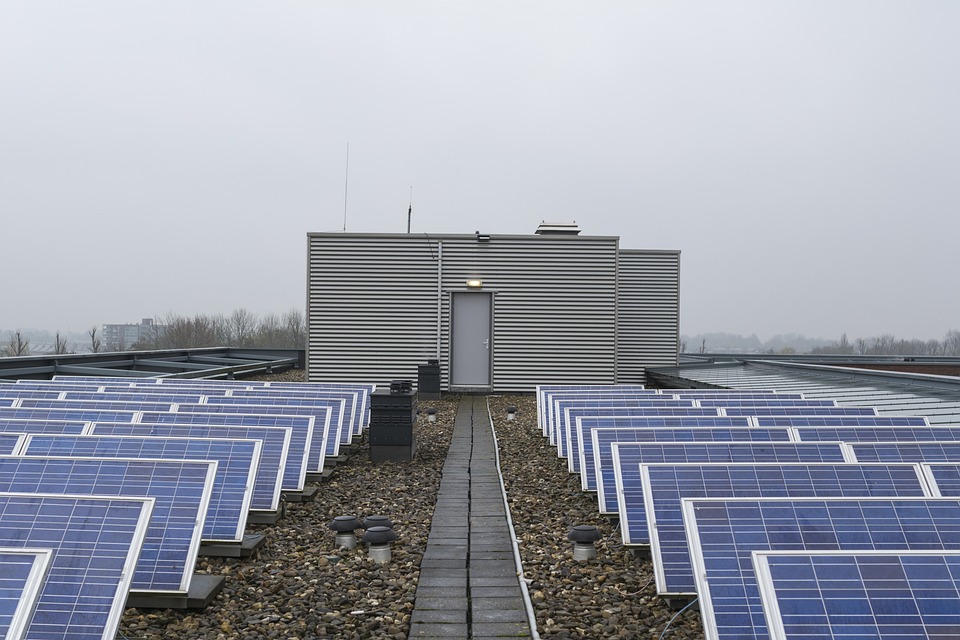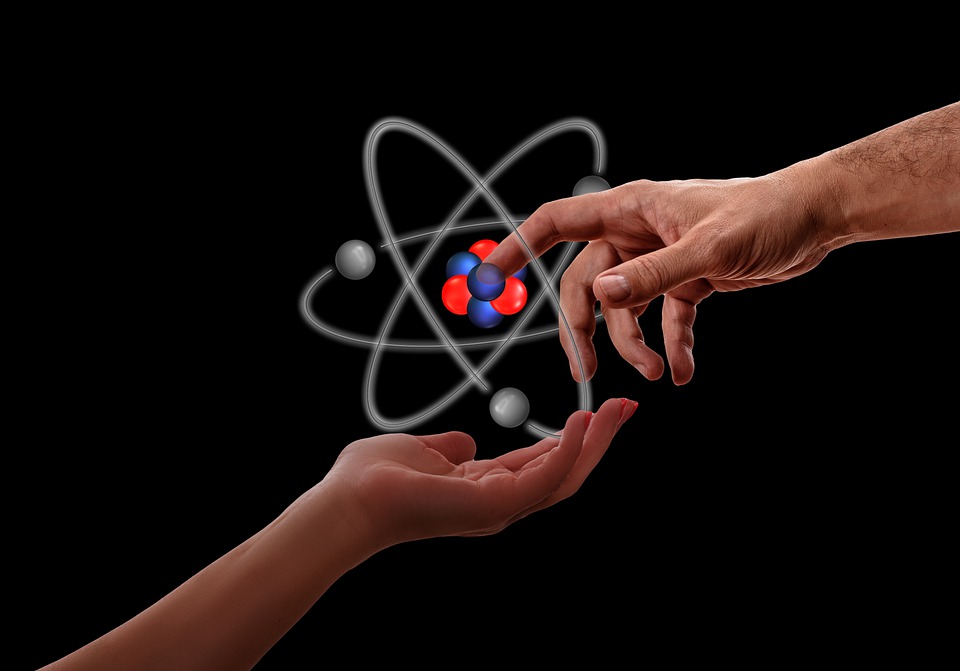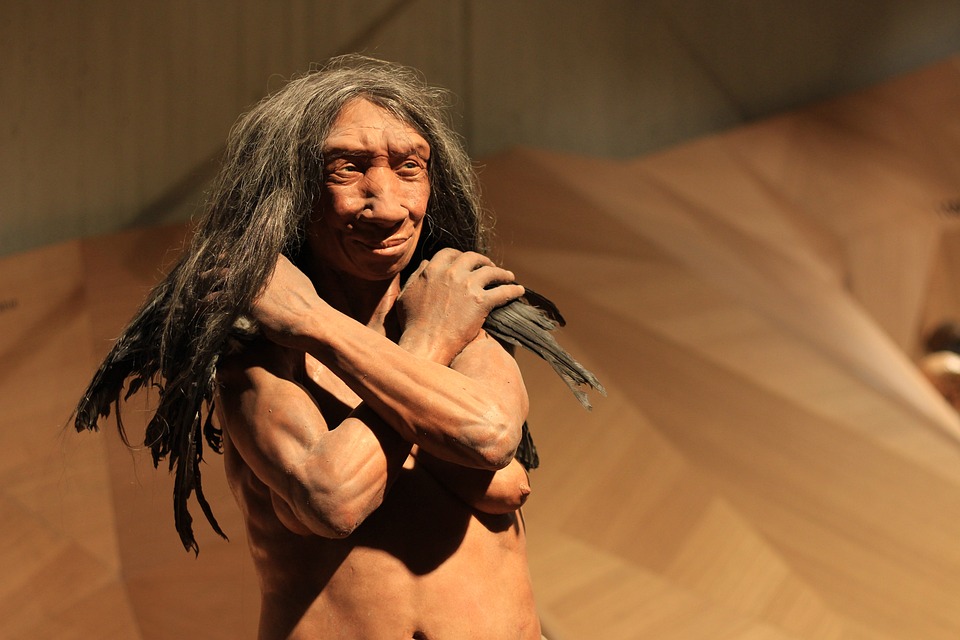
The concept of space-time fabric is a central tenet of Einstein’s theory of general relativity, which fundamentally altered our understanding of space, time, and gravity. According to general relativity, space and time are not separate entities but are intimately intertwined in a four-dimensional fabric known as space-time. The theory posits that objects with mass, like planets, stars, and galaxies, curve the fabric of space-time, altering the path of light and influencing the motion of other objects.
To understand how this works, it is necessary to delve into the concept of gravity. In classical physics, gravity is understood as a force of attraction between two objects that is proportional to their masses and inversely proportional to the square of their distance. However, Einstein’s theory of general relativity posits that gravity arises from the curvature of space-time caused by the presence of massive objects. This curvature creates what is known as a gravitational field, which influences the motion of other objects in the vicinity.
To visualize this concept, imagine a flat rubber sheet stretched taut. If you place a small ball on the sheet, it will sit motionless. However, if you place a large, heavy ball on the sheet, it will create a depression, causing the rubber sheet to curve. Now, if you place a smaller ball nearby, it will be attracted to the larger ball and will roll towards it along the curved surface of the sheet. Similarly, objects with mass curve the fabric of space-time, and other objects moving in their vicinity are influenced by this curvature.
One of the most striking predictions of general relativity is that massive objects, like planets and stars, warp the fabric of space-time. This warping causes the path of light to bend as it passes through the vicinity of the object, a phenomenon known as gravitational lensing. This effect was first observed during a solar eclipse in 1919, when the positions of stars near the sun appeared to shift slightly due to the bending of light by the sun’s gravitational field.
The warping of space-time also influences the motion of objects moving in the vicinity of massive objects. According to general relativity, objects in free fall follow the shortest path through space-time, known as a geodesic. However, the curvature of space-time caused by the presence of massive objects alters the shape of geodesics, causing objects to move in a curved trajectory that appears to be influenced by a force – the force of gravity.
The warping of space-time can also cause time to slow down in the vicinity of massive objects, a phenomenon known as time dilation. This effect has been confirmed by experiments involving atomic clocks on airplanes and satellites, which show that time runs slightly faster at high altitudes due to the weaker gravitational field.
The concept of space-time fabric and its warping by the presence of massive objects has numerous practical applications in astrophysics and cosmology. For example, the warping of space-time caused by the gravitational fields of galaxies and clusters of galaxies can be used to map the distribution of dark matter, a mysterious substance that does not emit or absorb light but exerts a gravitational pull on other objects. Similarly, the warping of space-time caused by the massive black holes at the centers of galaxies can be used to probe the properties of these enigmatic objects.
In conclusion, the concept of space-time fabric and its warping by the presence of massive objects is a fundamental principle of Einstein’s theory of general relativity. The warping of space-time causes the path of light to bend, influences the motion of other objects, and can even cause time to slow down. This concept has numerous practical applications in astrophysics and cosmology and has revolutionized our understanding of gravity and the universe. Therefore, it can be said that the space-time fabric can indeed be warped by the presence of massive objects, as predicted by general relativity and confirmed by numerous observations and experiments. The warping of space-time is a crucial component of our understanding of gravity and the behavior of objects in the universe, from the motions of planets and stars to the properties of black holes and the distribution of dark matter.
One of the most famous examples of the warping of space-time by massive objects is the phenomenon of gravitational waves. According to general relativity, the motion of massive objects generates ripples in the fabric of space-time, much like the ripples that occur when a stone is thrown into a pond. These ripples are known as gravitational waves and can be detected by extremely sensitive instruments like the Laser Interferometer Gravitational-Wave Observatory (LIGO).
In 2015, LIGO made history by detecting gravitational waves for the first time, providing direct confirmation of Einstein’s theory of general relativity and opening up a new window on the universe. Since then, numerous other gravitational wave events have been detected, providing new insights into the behavior of black holes, neutron stars, and the universe itself.
The warping of space-time also has important implications for the ultimate fate of the universe. According to general relativity, the curvature of space-time is intimately connected to the density of matter and energy in the universe. If the density is below a critical value, the universe will continue to expand forever, while if it is above the critical value, the universe will eventually collapse in a “Big Crunch.” The current best estimates suggest that the density of the universe is very close to the critical value, indicating that the ultimate fate of the universe is still an open question.
In summary, the warping of space-time by the presence of massive objects is a fundamental principle of Einstein’s theory of general relativity. This warping causes the path of light to bend, influences the motion of other objects, and can even cause time to slow down. The concept of space-time fabric and its warping has numerous practical applications in astrophysics and cosmology and has revolutionized our understanding of gravity and the universe. The recent detection of gravitational waves has provided direct confirmation of the theory and opened up a new window on the universe, while the ultimate fate of the universe is intimately connected to the curvature of space-time and the density of matter and energy. Therefore, it can be concluded that the space-time fabric can indeed be warped by the presence of massive objects, as predicted by general relativity and confirmed by numerous observations and experiments.







